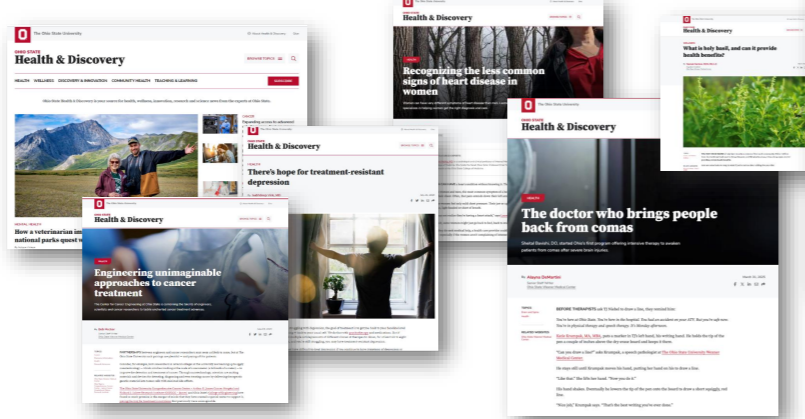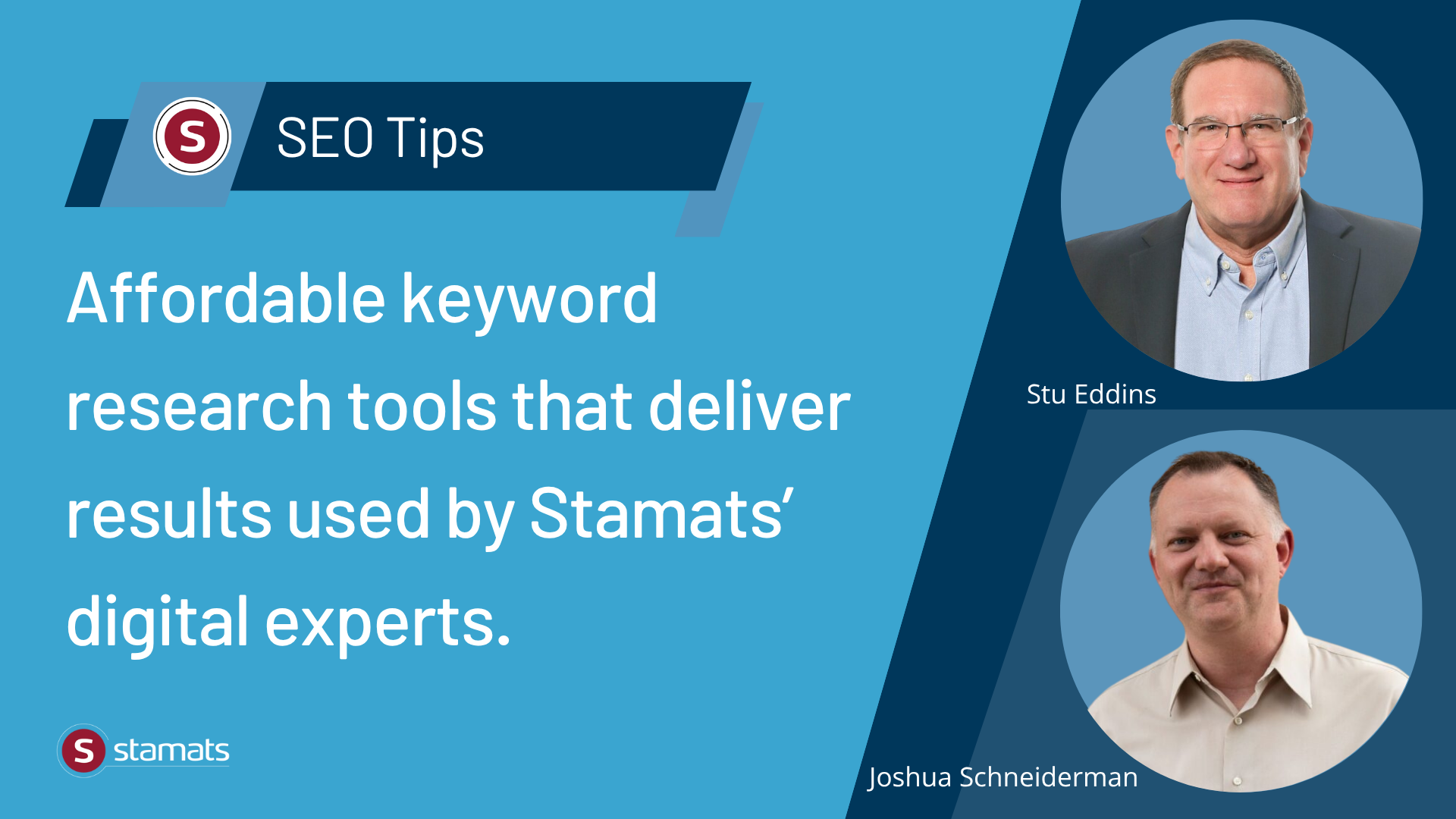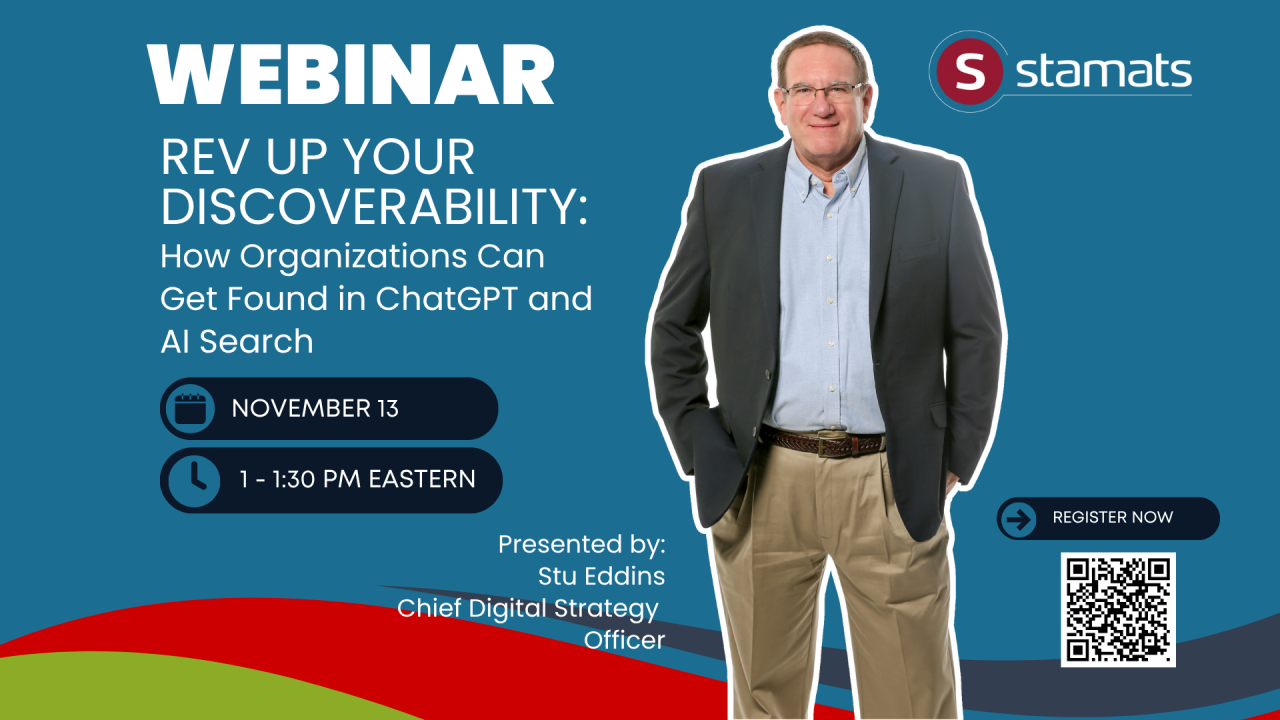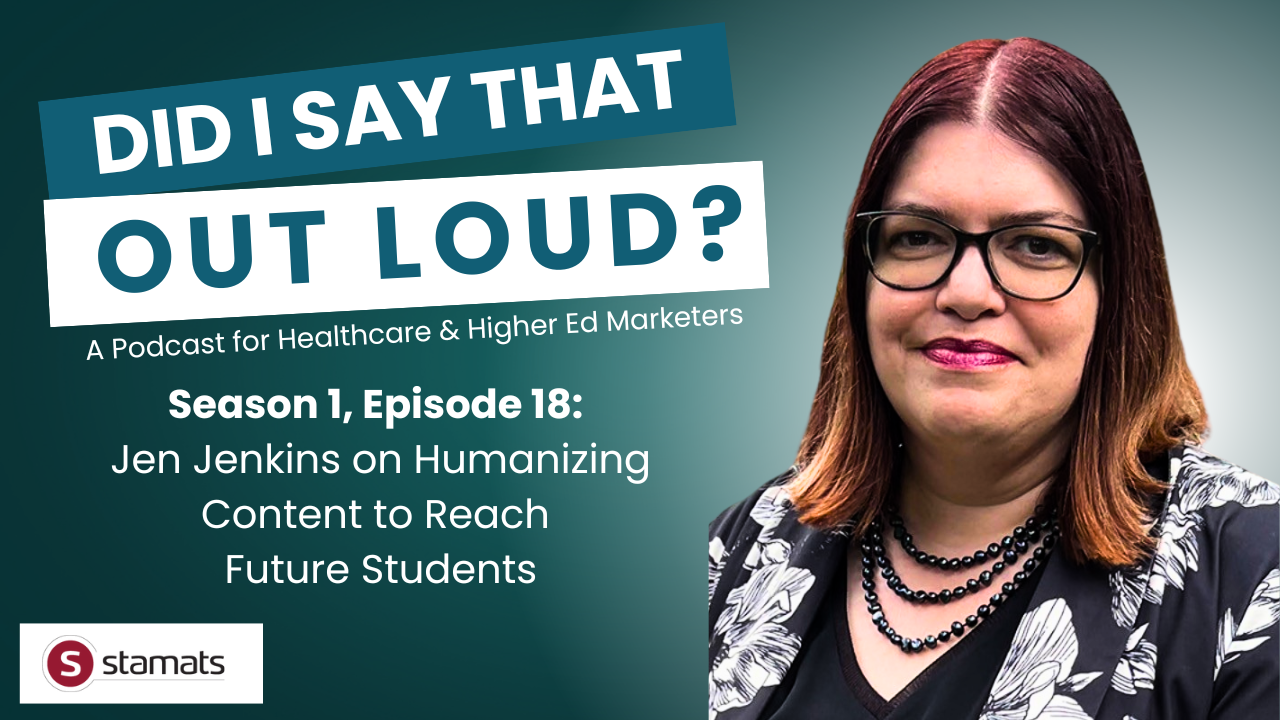Written by
on

Another year, another crisis, am I right? From the pandemic to the rippling effects of the current social situation, the patient experience can easily get lost in the shuffle.
Another year, another crisis, am I right? From the pandemic to the rippling effects of the current social situation, the patient experience can easily get lost in the shuffle.
But as always, healthcare leaders are launching initiatives and planning for the next wave of change, which is coming faster than ever before.
Nearly 1,000 healthcare executives and marketing/communications professionals gathered in Orlando for Healthcare Marketing & Physician Strategies Summit (HMPS) 2025. Here are three of the buzzworthy patient experience topics that resonated with us at the conference.
Data Storytelling Beats Siloed Metrics

Every health system collects a million points of data. But disparate data points do not automatically illustrate the effectiveness of your strategies. That takes solid data storytelling skills—and curiosity to reach beyond vanity metrics.
Jackie Effenson, Director of Digital Marketing, and Jeff Duncan, Digital Marketing Manager, of Houston Methodist discussed how every data point they collect flows through their customer data platform (CDP) before entering a series of digital dashboards that are available to their teams and stakeholders 24/7. The dashboards display real-time information and integrated benchmarks that show whether campaign outcomes are good, great, or meh.
Pairing these first-party data displays with market research and brand perception data, Houston Methodist marketing teams are empowered to report information beyond likes, clicks, and impressions.
The CDP feeds the dashboard with HIPAA-compliant, first-party data insights into what people are doing on the website, how they’re engaging with content, and how specific marketing efforts influence conversion actions. Using these data, Houston Methodist can build holistic data stories that:
- Are more helpful and compelling than metrics from a siloed emails or articles
- Highlight trends in what patients care about and need more of
- Provide an easy visual for stakeholders to digest what is and isn’t working
Related reading: Avoid these pitfalls in data storytelling
Do You Really Need that Form?

Obvious statement: A visitor’s experience, in person and online, can make or break their perception of your brand. Devil’s advocate: To provide a personalized experience, you need a certain amount of the visitor’s data to inform what content they get served and when.
But there’s a line where personal meets private. And when you cross it, you risk breaching the patient’s trust.
So, Christine Skiffington, AVP, Corporate Marketing & Communications of Inspira Health, wrings out answers to serious questions about patient privacy before considering any new or different marketing tactics. Here are a few questions she asks of internal teams and vendors in the planning stages:
- Is that digital form necessary?
- If yes, do you need all those fields?
- What visitor data are you pulling from those tools?
- How are the data stored?
- How do you intend to use the data, online and offline?
If there is no answer or the response is insufficient, the tool won’t fly. Protecting patient data privacy is paramount to appropriate care, ethical marketing, and creating a positive visitor experience.
Does your website meet the 2026 accessibility standards? Contact us to schedule a complete site audit today.
Invest in Content Marketing to Beat ‘Brand Blurring’

Post-pandemic, patients are experiencing what Skip Hidlay, Chief Communications and Marketing Officer of The Ohio State University Wexner Medical Center, calls “brand blurring.” When every institution was saying the same thing—wash your hands, social distance, get vaccinated—the brands faded into the messaging.
All health centers should be sharing the latest evidence-based message. But we owe prospective patients the chance to explore what makes our brand great, beyond the expectation of “good medicine.”
Hidlay’s team accomplishes this feat with strategic brand storytelling (content marketing). In a tough time where some institutions are scaling back marketing efforts, Hidlay challenges his team to expand in an omnichannel approach.
Here’s an example. A single interview with a patient or provider can turn into:
- Long- or short-form video stories
- High-level and niche blog articles for a series
- Soundbites for social media (video and sliders)
- Email content
- Cornerstone website content for service line campaigns
Brand storytelling gives patients the autonomy to choose. When you showcase your niche services, specialty care, and amazing research across multiple channels, you give them something to believe in and the details to make informed healthcare decisions.
Related reading: How PR and Content Marketing Can Partner to Achieve Business Goals
As the speakers noted, none of these ideas are new. But all of them take work, and all require a team that commits to optimizing the patient experience. Whether your team handles this work in-house or collaborates with an experienced partner like Stamats, making these investments now will lift your brand and empower patients to choose you when they need care.


